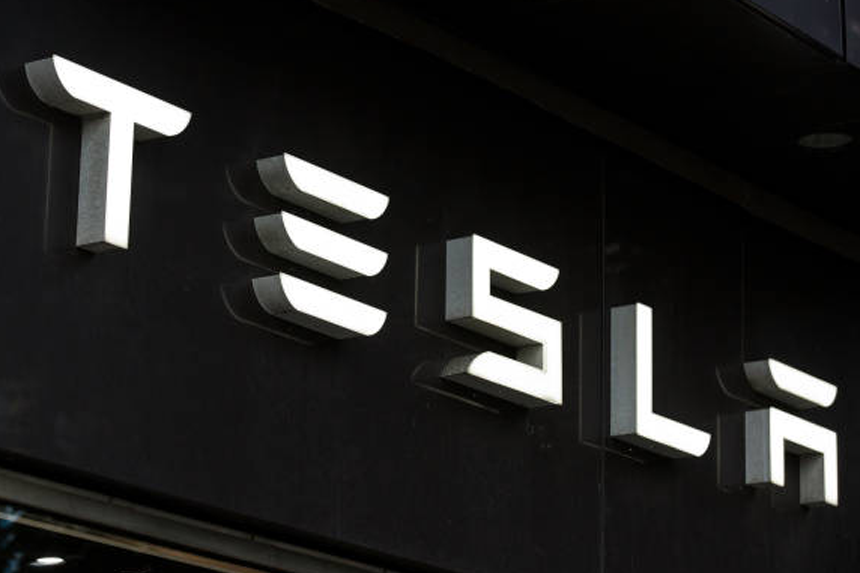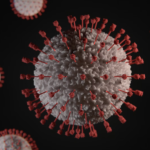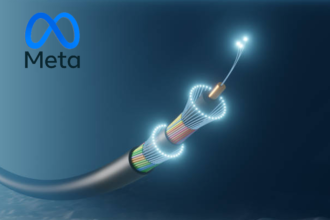Following many incidents connected to the technology, US safety authorities have started looking at Tesla’s “actually smart Summon” capability. Using a smartphone app, the function lets Tesla owners move their parked cars remotely—that is, without actually inside the vehicle. Focused on issues related to the feature’s safety and its capacity to identify objects like parked vehicles, this new probe is known as the Tesla Smart Summon Investigations.
What specifics of the incidents resulting in the investigation call for attention?
According to the National Highway Traffic Safety Administration (NHTSA), Tesla vehicles running the “actually smart Summon” mode have been observed to have trouble spotting objects, including parked cars and poles. Since its September introduction, the government claims to have recorded at least four crashes involving the function.
About 2.6 million Tesla vehicles have been built since 2016—including the Model S sports car, Model 3 sedan, and Model X and Y SUVs—and have the technology installed.
Although none of the documented mishaps caused injuries, the Tesla Smart Summon Investigations potentially revived questions about Tesla’s automatic driving systems. The NHTSA also looks at Tesla’s more general Autopilot technologies, which have been linked to fatal and more severe incidents.
What Does Musk Say About Autonomy?
Tesla has not yet spoken about the Tesla Smart Summon Investigation. However, CEO Elon Musk supported the company’s foray into self-driving technologies, stressing its safety and ability to transform transportation.
In most cases, self-driving is safer than human driving. Musk said during a 2023 conference that the numbers speak for themselves.
What Past Problems Have Tesla’s Summon Features Caused?
The NHTSA’s current probe is not the only one where Tesla’s summon technology has come under fire. The agency knows of roughly a dozen additional cases employing the predecessor feature, “Smart Summon,” which drew criticism for similar object detection issues.
The examination seeks to ascertain whether sufficient limitations exist to stop using “Also Smart Summon” on public roadways and how quickly Tesla vehicles can travel utilizing the tool. According to the Tesla handbook, drivers should keep a clear line of sight with their cars since the technology is meant for private, familiar environments like driveways. It also says the function is turned off on public roadways automatically.
For Tesla and the Regulatory Landscape, What Could the Investigation Mean?
The first stage in a process that may result in a recall is the Tesla Smart Summon Investigation. A NHTSA comment highlighted its dedication to investigating the safety concerns raised by new vehicle technology.
The government said, “This probe is crucial in ensuring public safety as automated systems become more prevalent in consumer vehicles.”
Past criticism of Tesla’s track record with automated driving technologies has come from some legislators and safety activists who contend that the company’s marketing and technologies give a false impression of complete autonomy.
In what ways might the timing of the investigation affect the result?
Only weeks before Donald Trump, a personal friend of Musk’s, is poised to take office as president, the timing of the investigation has drawn questions. Trump ran on pledges to lower government expenditure and regulatory control, which some believe could affect the result of such federal investigations.
Under increasing examination, Tesla’s self-driving aspirations’ future is yet unknown. However, autonomous technology advocates, including Musk, insist it marks the next phase in transportation innovation.
In a recent interview, Musk maintained, “Regulation must evolve alongside technology, not stifle its progress.”
Consumers, legislators, and businesses will closely observe as the Tesla Smart Summon Investigations develop into seimplicationsons for the broader acceptance of self-driving technologies.








